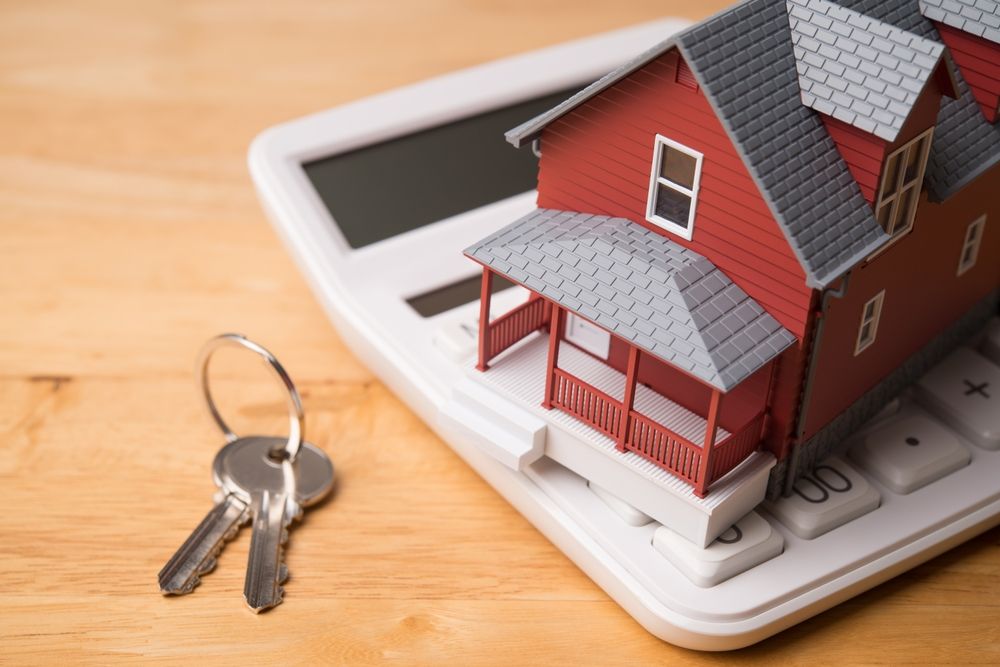Purchasing a motorcycle is not just a means of acquiring transportation; it’s an invitation to join a passionate community of riders and experience the thrill of the open road. But before you set off on this exciting journey, it’s essential to make a purchase that aligns with your lifestyle, experience, and budget. Here’s a guide to help you make a smart and fulfilling choice when buying the perfect motorcycle.
1. Assess Your Riding Skills and Experience
Begin by taking an honest look at your riding skills and experience. If you’re new to motorcycles, it’s wise to start with a bike that offers less power and is easier to handle, helping you build confidence and control. Motorcycles with smaller engines (like 250cc or 300cc bikes) are excellent for beginners as they offer manageable power and allow you to focus on learning essential riding skills. For experienced riders, higher-performance motorcycles with more powerful engines and advanced features may better suit your abilities and provide the thrill you seek.
When evaluating your skill level, consider factors like balance, handling, and confidence on two wheels. A bike that’s well-suited to your experience level will enhance your safety and enjoyment, allowing you to focus on building skills and gradually progressing.
2. Determine the Type of Motorcycle You Need
Motorcycles come in a variety of styles, each tailored to a different kind of riding experience. The type of motorcycle you choose should reflect the kind of riding you plan to do most often. Here’s a breakdown of some of the most popular types:
- Cruisers: Known for their lower seat heights and relaxed riding positions, cruisers are ideal for long, comfortable rides. They’re popular among riders who enjoy leisurely journeys and prioritize comfort over speed.
- Sport Bikes: Designed for speed and agility, sport bikes are high-performance motorcycles built for riders who crave fast acceleration and sharp handling. While they offer thrilling performance, they may be less comfortable for long-distance rides.
- Touring Motorcycles: Perfect for long-distance travel, touring motorcycles come with larger fuel tanks, comfortable seating, and ample storage space. These are ideal for riders planning cross-country journeys or extended road trips.
- Standard Motorcycles: Offering an upright riding position, standard motorcycles are versatile and suitable for various riding styles. They’re great for everyday commuting as well as occasional long rides.
Choosing the right type of motorcycle can enhance your overall riding experience and help you feel more comfortable and confident on the road.
3. Consider Your Budget
When planning your motorcycle purchase, keep in mind that your budget should cover more than just the bike’s price. Factor in costs for insurance, regular maintenance, and essential gear. Quality protective gear, including a helmet, gloves, jacket, and boots, is crucial for your safety on the road. Allocate a portion of your budget for these items, ensuring that you’re fully equipped before you begin riding.
Additionally, anticipate ongoing costs like fuel, oil changes, and tire replacements. Setting a realistic budget that covers these essentials can prevent financial strain down the road and make your riding experience more enjoyable.
4. New vs. Used Motorcycles
One of the most significant decisions you’ll face is whether to buy a new or used motorcycle. New motorcycles come with warranties, the latest technology, and, of course, that fresh-out-of-the-showroom feel. However, they tend to depreciate quickly and can be pricier upfront.
Used motorcycles, on the other hand, offer a more affordable entry into the world of riding. With lower upfront costs and slower depreciation, they can be a great choice for beginners or budget-conscious buyers. Ensure that the used motorcycle is in good condition and has a clear maintenance history to avoid unexpected repair costs.
5. Do Your Research
Researching potential models is essential to making an informed decision. Once you’ve narrowed down the type of motorcycle you’re interested in, take time to read reviews from other riders, watch video testimonials, and consult forums dedicated to motorcycle enthusiasts.
Experienced riders can offer valuable insights into a bike’s performance, reliability, and long-term maintenance needs. Additionally, learn about the availability and cost of spare parts for the models you’re considering, as this can impact future maintenance costs.

6. Test Ride Various Models
A test ride is one of the best ways to determine if a motorcycle is right for you. During a test ride, pay attention to the bike’s ergonomics, handling, and comfort level. Make sure it feels manageable in terms of weight and control, especially at lower speeds.
If possible, test ride several models to see how they compare in performance and comfort. The firsthand experience of riding different bikes can help you make a confident decision and avoid buyer’s remorse.
7. Inspect the Motorcycle Carefully
If you’re considering a used motorcycle, conducting a thorough inspection is crucial. Start by reviewing the service history to understand how well the bike has been maintained. Examine the tires, brakes, and fluids, ensuring they’re in good condition. Check the electrical systems, including lights, indicators, and battery health, to confirm that everything is functioning as it should.
Taking the time to inspect a used motorcycle thoroughly can save you from costly repairs and ensure that you’re buying a safe and reliable vehicle.
8. Negotiate the Best Deal
Whether you’re buying from a dealership or a private seller, don’t hesitate to negotiate the price. Research the fair market value of the motorcycle model you’re interested in, considering factors like age, mileage, and condition.
Armed with this information, you’ll be prepared to discuss pricing confidently. Be polite but assertive, and if needed, don’t be afraid to walk away to explore other options.
9. Complete a Motorcycle Safety Course
For new riders, completing a motorcycle safety course is invaluable. Not only does it help you learn essential riding skills and safety techniques, but it may also lead to discounts on your motorcycle insurance. Many states require safety courses for obtaining a motorcycle license, so it’s worth checking your local regulations.
A safety course not only equips you with vital skills but also instills confidence and awareness, enhancing your safety on the road.
10. Finalize the Paperwork
Once you’re satisfied with your choice, ensure that all paperwork is completed correctly. This includes transferring the title and registration, obtaining proof of insurance, and securing a bill of sale if buying from a private seller. Choose a secure payment method, particularly when dealing with private sellers, to protect both parties in the transaction.
Taking care of these administrative steps diligently ensures a smooth transition to ownership and helps you avoid future legal or logistical issues.
A Smart Investment in Freedom and Adventure
Buying a motorcycle is a significant investment, both financially and emotionally. By carefully assessing your skills, choosing the right type of motorcycle, setting a realistic budget, and thoroughly researching and test-riding your options, you can make a decision that enhances your riding experience.
Remember, a wise purchase goes beyond simply acquiring a motorcycle; it’s about embracing a lifestyle of freedom, community, and unforgettable adventures. When you choose a bike that aligns with your spirit and aspirations, every ride becomes an opportunity to create lasting memories on the open road. Take your time, make informed decisions, and enjoy the journey towards becoming a proud motorcycle owner.




